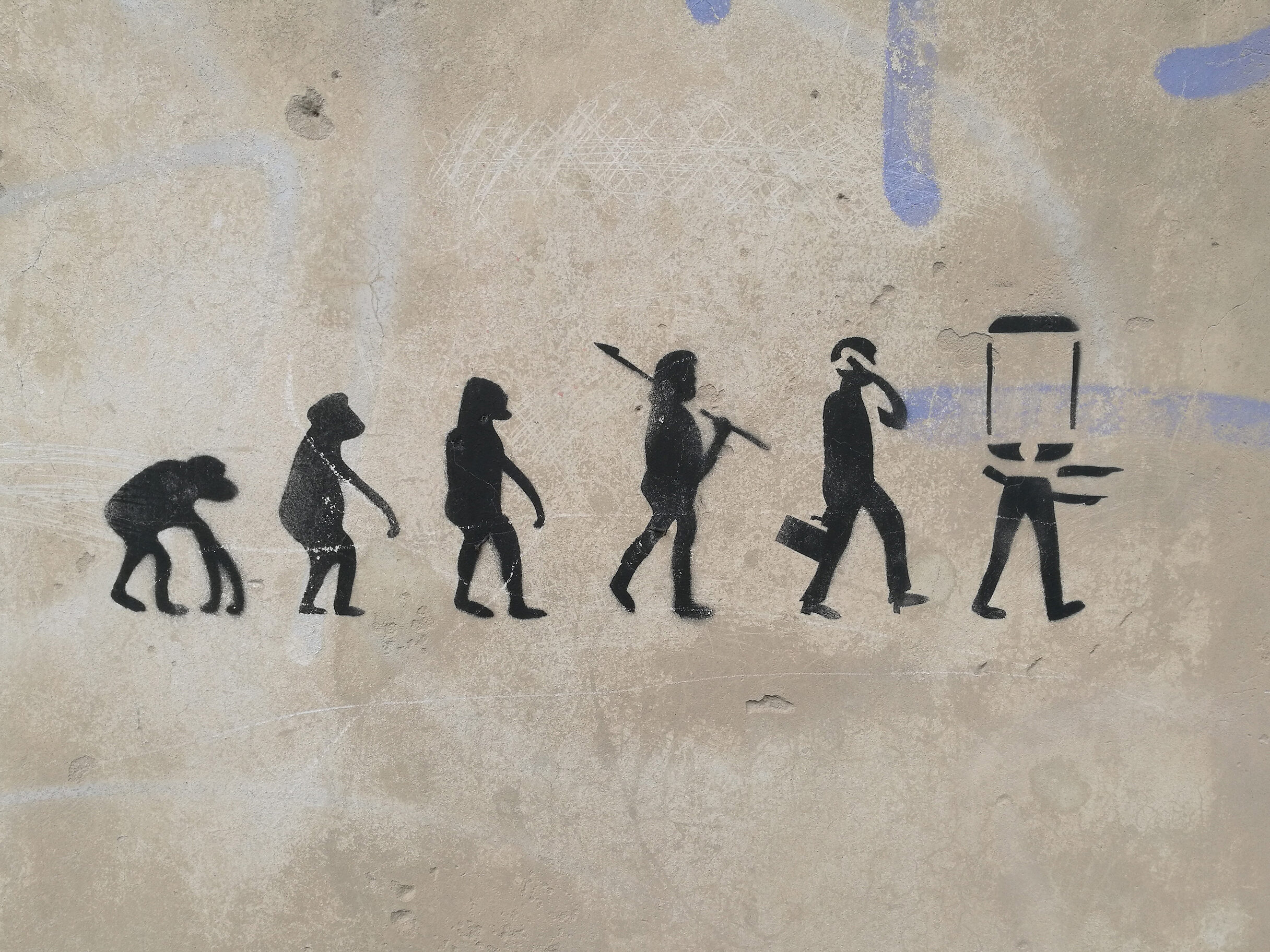
People have primarily worried about meeting their most basic needs: food, housing, and safety. This attitude was especially true during the earliest stages of human history when survival was a significant worry. The significance of marketing in our everyday lives is substantial, so there’s every need to know about the marketing evolution.
One engages in marketing to convince another person to purchase a product. But does it always have to be monetary? You can also engage in marketing when you campaign for someone in a political position or convince someone to do a particular action.
Keep reading to know how marketing evolved through the barter system, production era, sales era, marketing orientation, and societal marketing era to become digital marketing.
Barter System
In the earliest days of commerce, bartering was commonplace. According to a report by Investopedia, the barter system occurred in 6000 BC; people relied only on their resources when the economy was still in its infancy.
In the different agrarian settlements, households produced necessities, including food, clothing, housing, tools, etc. Thanks to the division of labor, people began producing more goods than required. In return, the surplus was traded.
Finding people who could use the extra merchandise became a time-consuming chore. Over time, it morphed into markets where people could exchange goods for what others wanted.
Production Era
The Production Era ran from the 1800s to the 1920s. At this time, mass manufacturing was the only thing that mattered. Businesses figured people would pay for easily accessible and low-priced goods.
As a result, businesses focus more on quantity than quality in their operations. This evolution of marketing launched manufacturers to use the notion of mass manufacturing since it resulted in cheaper costs and higher sales.
The Industrial Revolution was launched in Britain and quickly spread over the globe due to this economic shift. Businesses like the textile industry dominated this era.
Sales Era
The Sales Era scene was the site of seismic shifts in every economic sector from the 1920s to the 1940s. During the period, businesses witnessed significant changes in all spheres of economic life, as selling activity became the dominant factor without any effort to satisfy consumer needs.
This era helped transition the current sales strategies exacerbated by the influx of new competitors, as products manufactured in large quantities were already standard. Back then, businesses were more concerned with increasing their revenue than ensuring their customers were happy.
It was a phenomenal time in advertising history as companies believed that if a firm could attract enough customers with compelling awareness strategies, they would want to purchase its goods. The 1900s brought exciting personalized advertising techniques like radio jingles, newspaper publications, salespersons, and TV adverts.
Marketing Orientation Era
The Marketing Orientation Era was during the period of the 1940s to 1970s. During this marketing evolution, companies began to understand that putting profits before consumer satisfaction would not affect their long-term success.
So, the businesses’ marketing strategies progressed to the point where they actively sought client feedback and used that information to tailor campaigns to meet customers’ specific requirements.
This era centered on learning about one’s target market’s wants and desires is the first step in achieving one’s company objectives.
Societal Marketing Era
The Societal Marketing Era began in the 1970s and still runs today. Social marketing believes businesses owe a duty to society beyond their consumers’ satisfaction and delivering exceptional value to them.
As a result, businesses started to understand that they couldn’t only focus on short-term profits at the expense of society’s long-term interests, even though satisfying customers’ desires and requirements is essential.
This era pressures businesses to prioritize their customers and the greater good alongside financial goals.
Digital Marketing Era
Digital marketing, which has run from the 1990s until now, employs various online and mobile platforms, tools, and services like social media, SEOs, PPCs, content marketing, and more.
With digital marketing, businesses can reach a wider audience in less time. Consumers have moved on to gadgets, which are the places where digital marketers have gained the most significant momentum.
Companies now prioritize real-time customer interaction and social media. Technology has made round-the-clock interaction between companies and consumers possible. Now, the consumer, not the company, has all the power.
Conclusion
Marketing is an evolutionary process that has passed through various phases: barter system, production era, sales era, marketing orientation era, societal marketing era, and digital marketing era.
It’s an ever-changing process that transitions as new types of media emerge, so businesses can reach a wider variety of consumers and expand into new niches.
The focus of marketing has shifted from encouraging impulse purchases to inspiring brand recognition and desirability among consumers.
